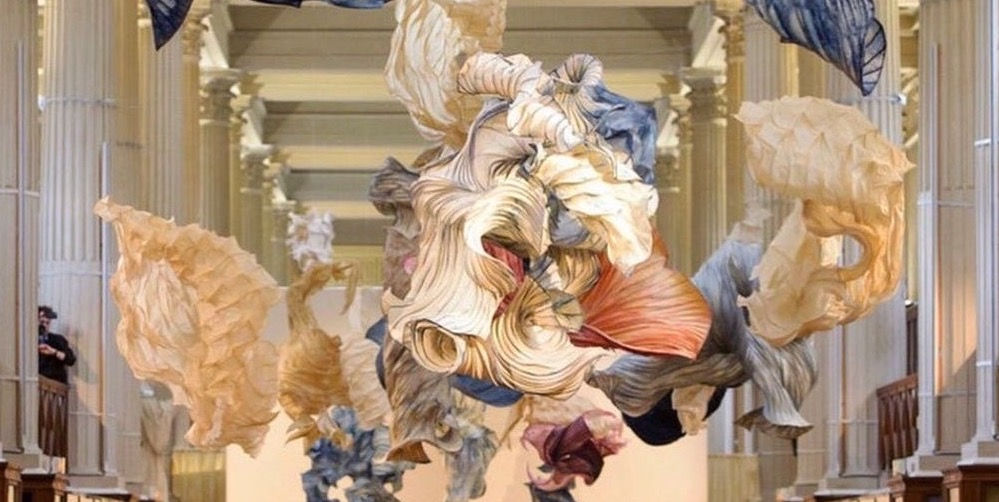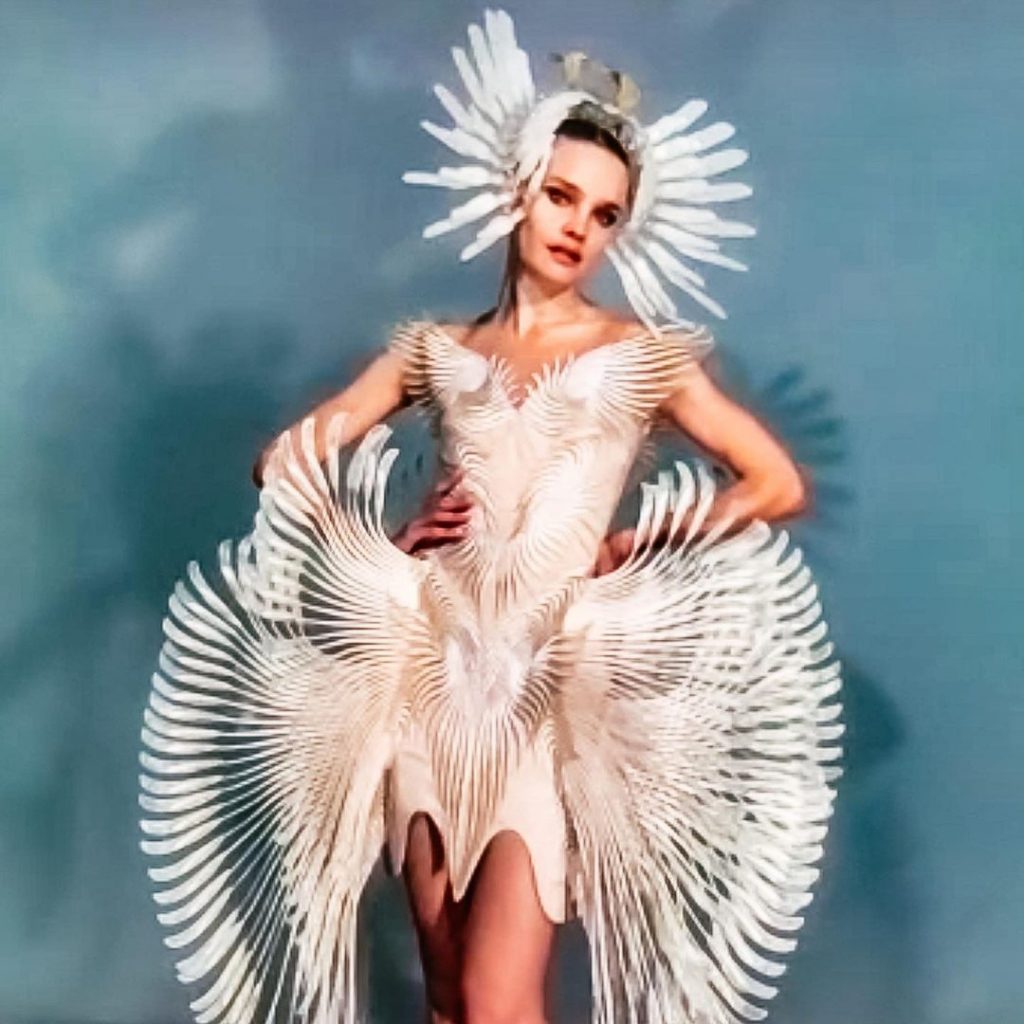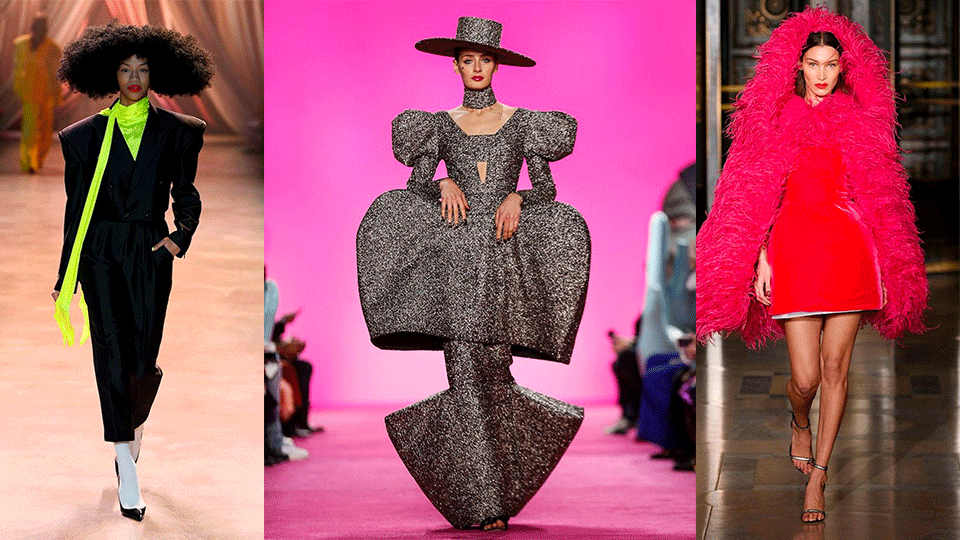- À New Wave to Fashion, À New Way of Living. Download Now on iOS Android Canada SS22
- hello@alahausse.ca
Three Degrees of Fashion: How 3D Printing Can Benefit Fashion Sustainability

The Fashion Industry Welcomes VR and AR Technology: From the runway to choosing your #OOTD at home
May 25, 2021
The Full Circle of Fashion: Working towards a Circular Fashion Economy
June 1, 2021
Written by Danielle Williams
3D printing technology has made major advancements in recent years and we are starting to see it spilling into many industries, including fashion! The status of the 3D printing process is quickly becoming a first choice among designers and clothing producers as it allows them to experiment in ways that were once impossible. This innovative equipment can be used to generate ideas into a physical product at a much quicker rate, saving time, money, and resources. Allowing designers to play with shapes and geometrics that have never been attempted before, but the most appealing addition that 3D printing can offer is the opportunity to create prototypes and clothing through a more sustainable process.
Where we’re at with 3D Printing
Presently, the wear-ability of 3D printed clothing is typically confined to art pieces or couture runway fashion. This avenue of fashion is intriguing to designers and artists, but is more alluring to those looking to develop intricate geometric garments and wearable art. On a mainstream level, most 3D fashion creations are not yet suitable for commercial wear, but with the constant expansion in technology and commitment to sustainability, everyday clothing could soon be coming from a printer. 3D printing has benefits for consumers, brands and has great potential for sustainability in fashion.
Practical 3D Fashion
In more day-to-day applications, 3D printing technology has been most used to develop accessories, fabricate prototypes and tools, amplify sustainability labors, and multiply options for modifications.


How Do Brands Benefit from 3D Printing?
Recycle Easier
3D printed material will likely be easier to recycle than fabrics and materials currently used in the fashion industry.
Improvement in Fabrics
Allow the exploration and production of new innovative fabrics that move with you, breathe easier, and rarely wrinkle.
Less Inventory
Brands will no longer feel obligated to submit large orders to manufacturers and will be able to keep less product on hand.
Quick Restock
Running out of stock will now be a quick fix with 3D printing. Depending on the item and inventory required, 3D printing can quickly restock in 24 hours or less.
Create to Order
This process allows room for special requests, customizations and special sizing without having to wait months for the finished product.
Quick Collection
Generally, getting a collection or new brand on the market requires an arduous process, but using 3D printing will eliminate much of this process and get products on the market faster.
Exclusivity
Gives brands more opportunity to create exclusive drops while keeping costs and inventory low.
Prototypes and Tools
One of the most common uses for 3D printing is to produce prototypes and tools for manufacturing. Camper, a popular shoe company in Spain, uses this technology to replace outsourcing production and now create their own conceptual models for each new shoe collection in-house. With the use of 3D printing more readily available to designers, they are able to take more risks with their creations. It allows designers to swiftly evaluate their prototypes, make hastier changes, and sanction liberties that designers may not have taken without the use of this innovation. Along with aiding in the creative process, 3D printers also create tools that will help in the manufacturing of final garments or accessories. Louis Vuitton, a notorious player in couture, uses 3D printing to assemble tools that assist in the quality assurance of their final product.
3D Printed Accessories
Accessories are an obvious starting point to introduce 3D printing because they naturally take on a more geometric feel. Small accessories can be easily constructed in minutes, depending on size and other factors. Costume jewelry with convoluted geometric profiles can also be generated through 3D printing. This process is important in enhancing fragments of a whole design, creating innovative embellishments that add to the overall uniqueness of fashion designs.

Some Brands Implementing 3D Printing
- New Balance: Manufactured the first ever large-scale produced 3D printed midsoles.
- Victoria Secret: Utilized 3D printing technology to create extravagant accessories during fashion shows.
- Adidas: Designed 3D printed midsoles.
- Nike: Creators of the first 3D printed upper.
The Sustainability of 3D Printing
By using this innovative technology to produce products in the fashion industry, it will reduce or eliminate the need for water-intensive materials such as cotton. The materials used in this process are most often recyclable or easily repurposed, which helps limit the amount of clothing ending up in landfills. In addition, at-home printing will become more available which will help diminish impacts from more sizable factories.
The Future of 3D Fashion
This technology has an abundance of benefits for designers, brands and the environment. With 3D printing quickly gaining attention in the fashion industry, the necessary investments to further develop this equipment will follow. Once this software becomes more common, we will likely see people putting it to use in their everyday lives. The need for fast fashion companies, large manufacturing plants, and harmful materials will seem superfluous and redundant.
Additional information on 3D printing that provides environmentally friendly and reduces waste from the fashion industry can be seen on our blog. In the conventional designing process there can be a sizable amount of textile debris which translates into wastage and will most likely end up in a landfill. 3D printing will also eradicate the use of fabric dyes, the main contributor of water pollution.
The fashion industry is long overdue for an environmental purge and we at ÀLA.HAUSSE are zealously anticipating the sustainable innovations the future of fashion will bring.

Via ÀLA.HAUSSE‘s Multi-functional and Multi-purposeful Fashion Ecosystem- BUY/SELL/RENT/LEND/ (swap BETA 2021) mobile application, INDIVIDUALS & brands ( BETA 2021) are encouraged to REBUY, RESELL, REUSE and UP-CYCLE their personal “Clossets” aka Clothing Assets, along with overstock inventory and samples. Through this consumerism habit shift we indirectly slow down the urgency on fashion’s carbon footprint, aiding sustainability as a whole.
BETA Early Access Application Now Open for CA Fashion Lovers: Apply Now for LAST CALL
with Stories on www.alahausse.ca
#ALAHAUSSE #WEARYOURPURPOSE #HAUSSEPEOPLE








